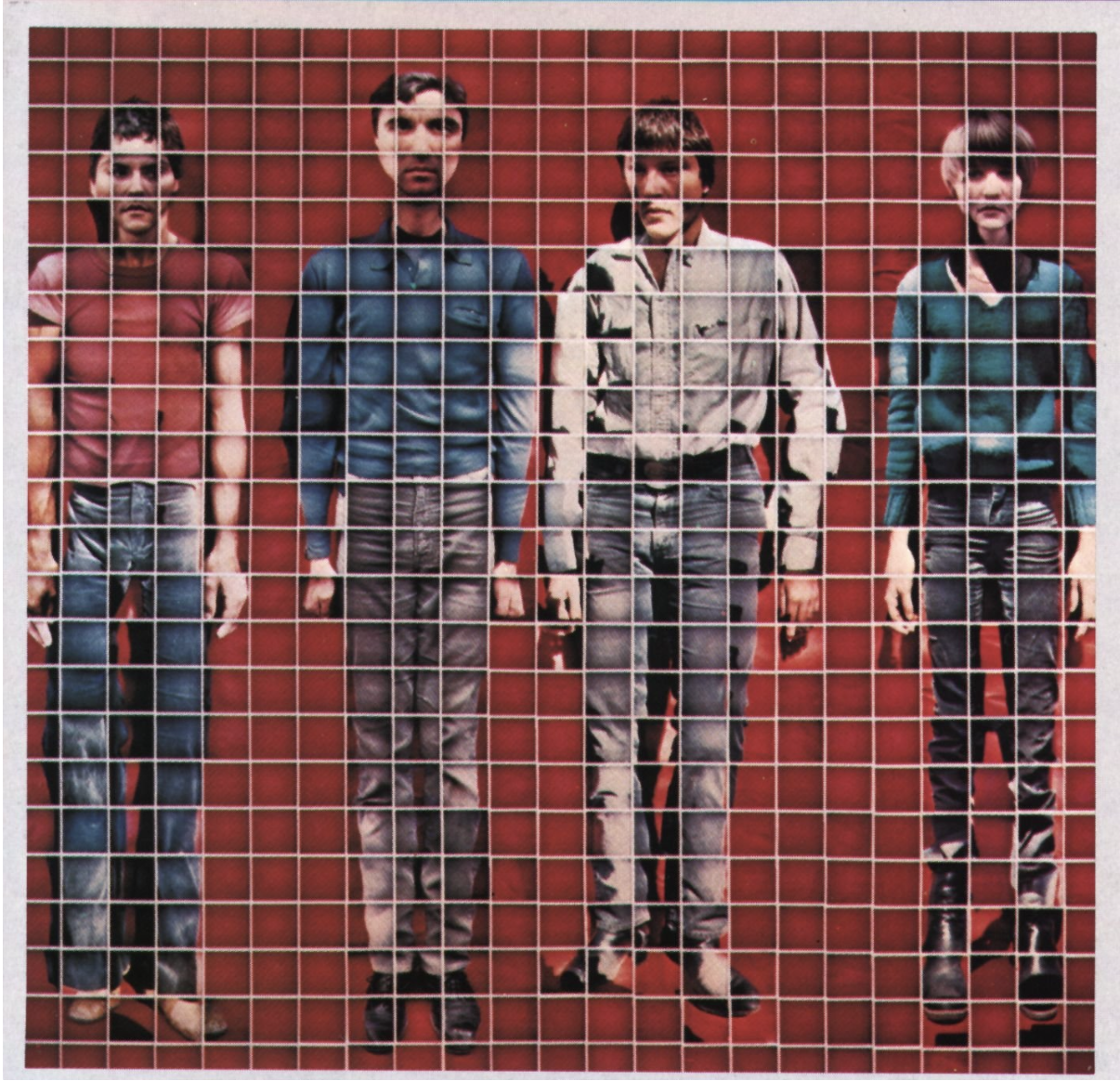Though the final Talking Heads album came out in 1988, the band never really went away. Unlike defunct groups trapped in a cycle of rediscovery every generation or so, Talking Heads have remained indelible, hip with both the folks old enough to remember and art-damaged youngsters seeing David Byrne in an oversized suit for the first time. Short-lived enough to never sell out or go stale, and somehow dodging the cultural appropriation accusations sometimes hurled at contemporaries such as Peter Gabriel and Blondie, Talking Heads are also blessed with frequent enough reissues to keep their music in the conversation. Byrne has also aged into a patron saint of all things cool, including collabs with Annie Clark and Hayley Williams plus his American Utopia Broadway show.
More from Spin:
- John Oswald Turns the Grateful Dead’s ‘Dark Star’ into a Black Hole
- Ben Nichols Leans Into Poetry and His Arkansas Past On New Solo Record
- Eyedress Takes His Bedroom Pop into the Studio
Beginning last November with an expansive set of the band’s debut, Talking Heads: 77, Rhino reissued sophomore record More Songs About Buildings and Food (1978) on July 25. Featuring not only a remaster of the record and a disc of rarities, the super deluxe and deluxe editions also include a live recording of the band’s 1978 show at New York’s Entermedia Theatre. The CD set also includes a Blu-ray with Dolby Atmos, 5.1 surround sound and stereo mixes of the album, plus live footage of the Entermedia show and a 1978 concert in Berkeley. For analog fans, there will be a 4-LP version of the complete set and a 2-LP iteration featuring the album and rarities collection.

While the rarities are mainly alternate versions of the songs and the live shows are electrifying, More Songs About Buildings and Food is reason enough to buy the set. Deftly avoiding the sophomore slump, the album straddles the line between the twitchy, angular tracks of the debut and the wild experimentation to come.
More Songs About Buildings and Food shifts the focus from Byrne to the tight synchronicity of Tina Weymouth’s bass and Chris Frantz’s drums. Working with producer Brian Eno here on what would begin a run of three classic albums, the band focused on the sinuous interplay between Weymouth and Frantz. Clocking in at just over 40 minutes, the record has a breakneck pace, one that is more immediate and danceable than its quirky predecessor.
Though tracks such as “Thank You for Sending Me an Angel” and “Artists Only” are Talking Heads at their fervent best, More Songs About Buildings and Food is known for the pair of songs that come at the end. The slowed-down take on Al Green’s “Take Me to the River” is one of the band’s most-loved tracks, a cover that, despite Byrne’s hesitations, became their first Top 40 hit. Meanwhile, final track “The Big Country” may sound conventional in its country-tinged hues. It did allow Byrne to stretch out as a lyricist as he judges Middle America from an airplane.
More Songs About Buildings and Food may presage the peaks of Fear of Music (1979) and Remain in Light (1980), but it is part of a four-classic-albums-in-four-years tour de force that few bands pulled off. Still, it is a transitional album, one where Byrne’s art-rock approach wrestles with the dance music Weymouth and Frantz brought to the table, synthesized through Eno’s studio trickery, one that continues to hook fans no matter how cool or square.
To see our running list of the top 100 greatest rock stars of all time, click here.



